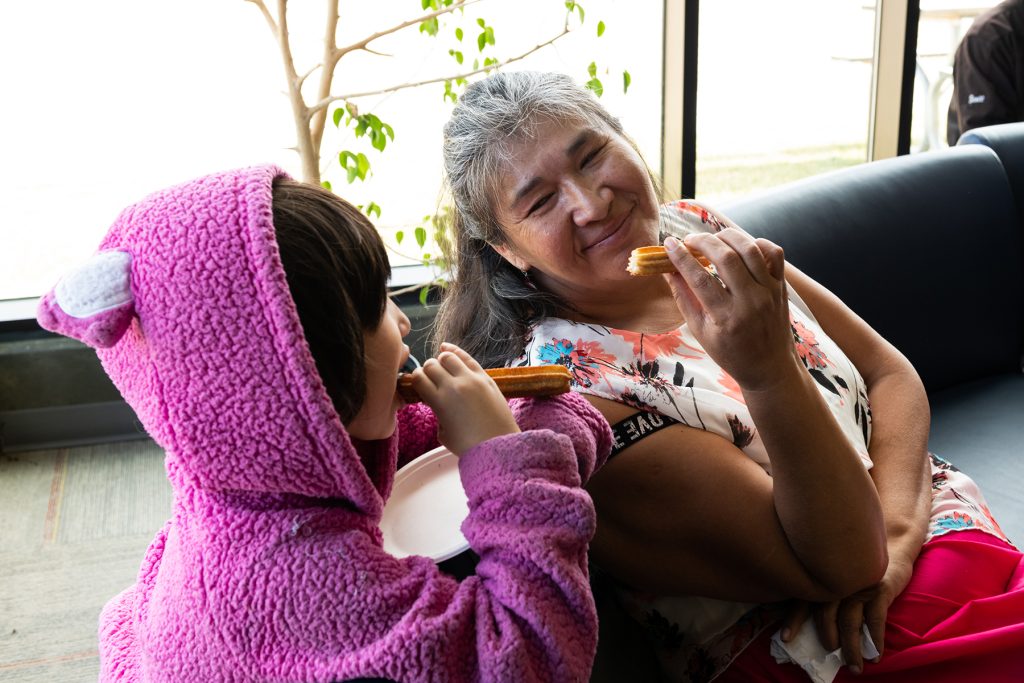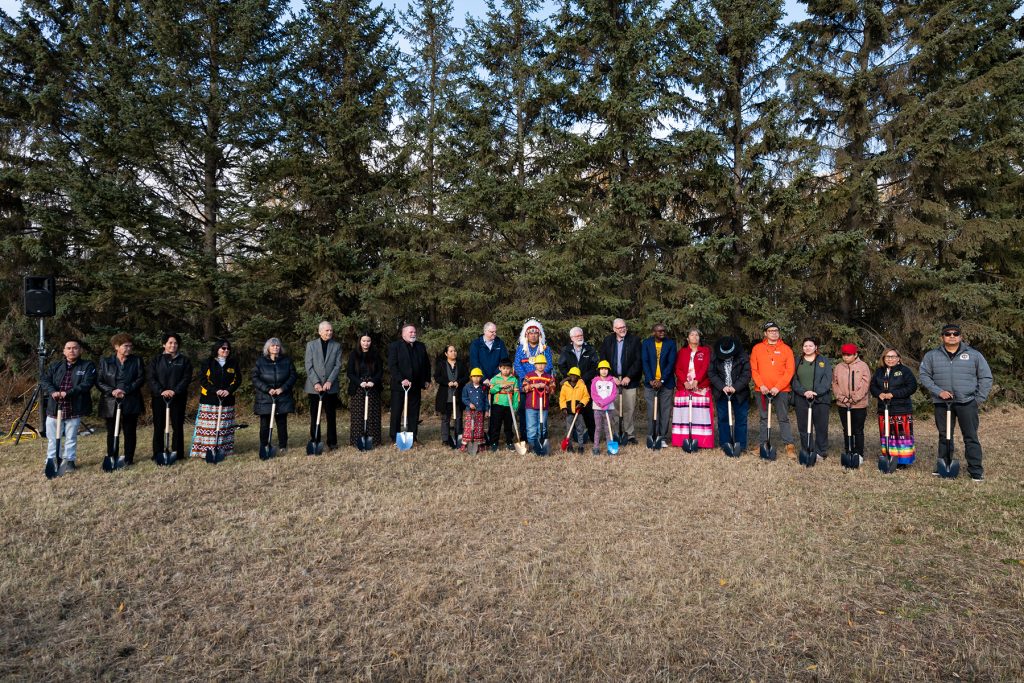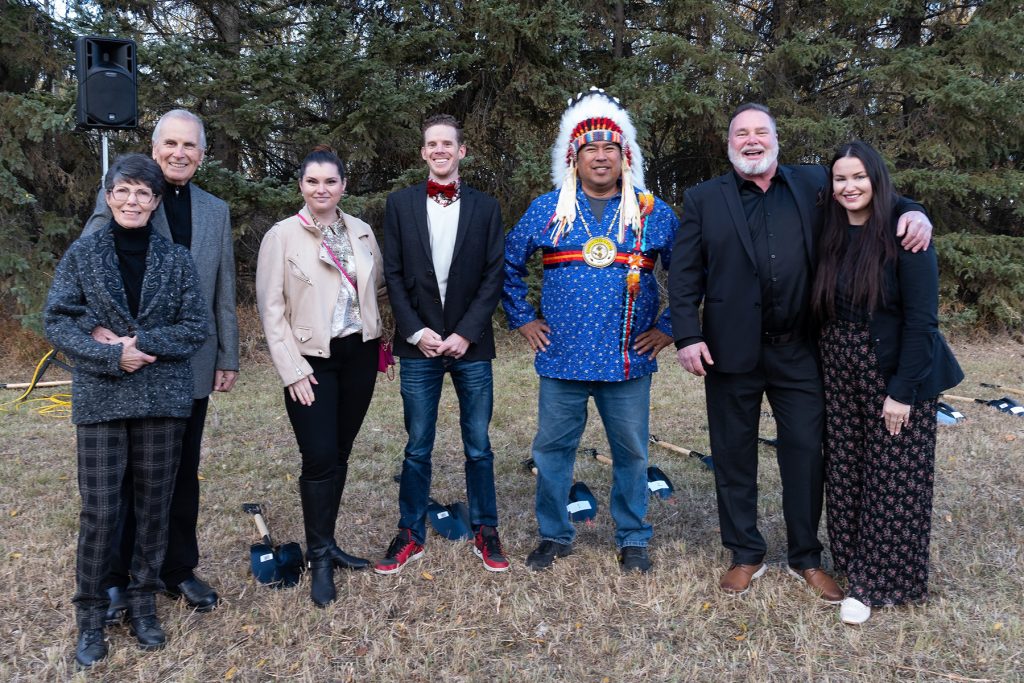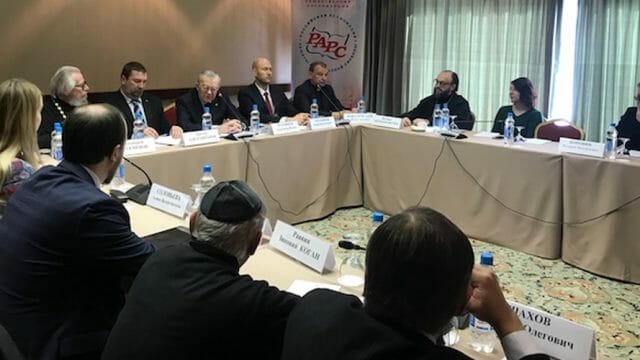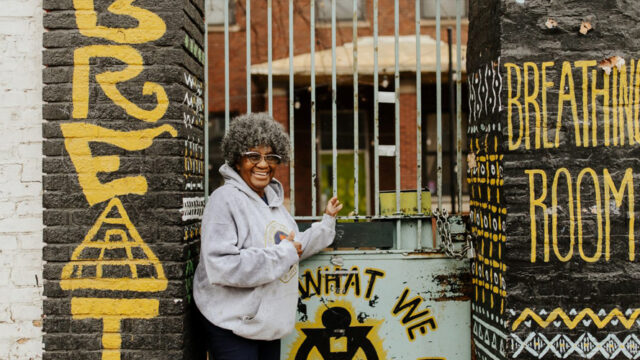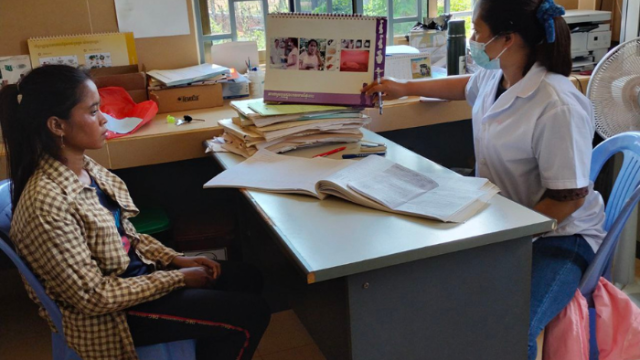Collaborative effort will provide a new center to support Indigenous peoples.
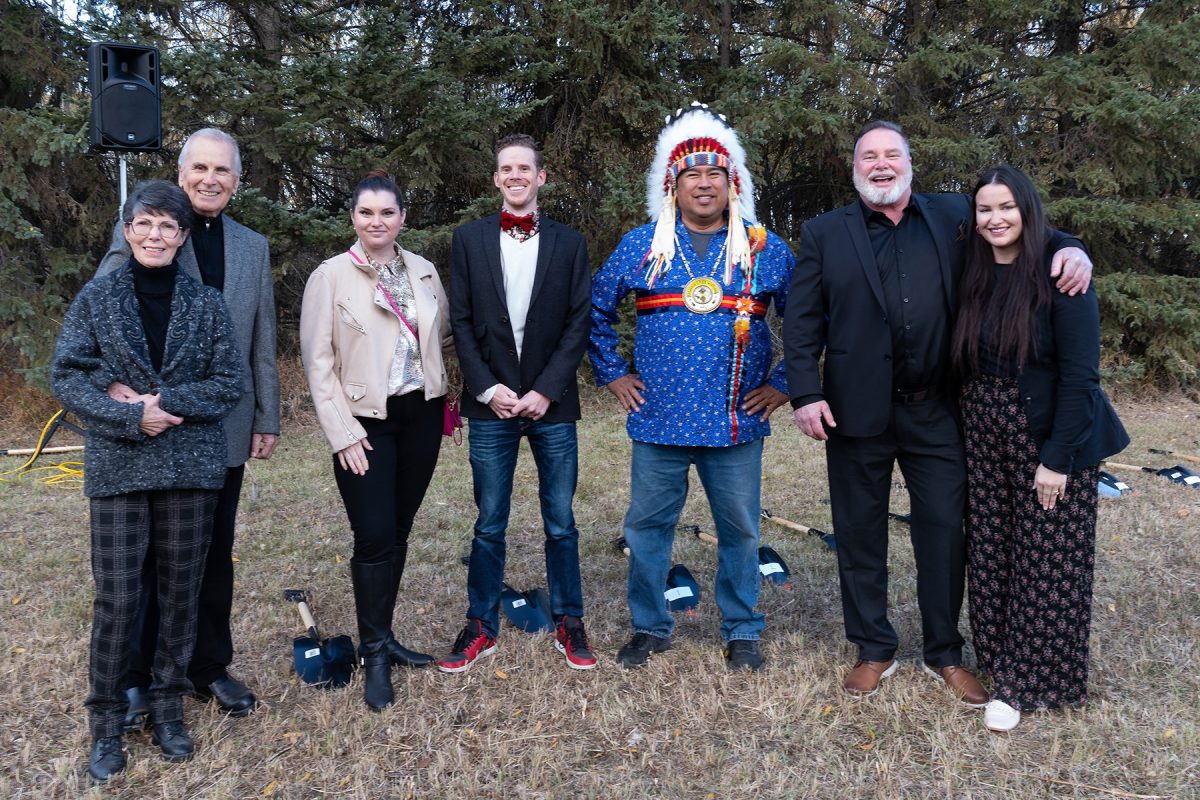
A groundbreaking ceremony held October 20 in Maskwacis, Alberta, Canada, for a multipurpose building that the Alberta Conference of the Seventh-day Adventist Church will build heralded a dream come true for the Indigenous Adventists and community leaders who live there, leaders behind the initiative said. Located on a rare parcel of private land in a reserve long-known in Indigenous circles for courage and innovation, the future center of influence, Mamawi Atosketan Centre (MAC), is seen by the community and church officials at all levels as a clear path forward in working with Indigenous peoples.
“It’s been an exciting time to be here today to see all the different partners come together to make this project a reality,” said Rick Remmers, assistant to the president of the North American Division. Remmers is responsible for Native Ministries. “It’s been good to see the various church entities, the community, and the tribe come together to create this community center. This [initiative] provides a wonderful model for how different entities can partner to meet the needs of Indigenous communities throughout North America.”
Maskwacis caught international media attention when Pope Francis chose the community for the start of his historic penitential pilgrimage on July 25 and apologized to survivors of the Canadian residential school system, the largest of which was in Maskwacis. But the Cree of Maskwacis have long been known in the Indigenous world for other things. They’re the movers and shakers who first drafted and then co-authored the United Nations Declaration on the Rights of Indigenous Peoples (UNDRIP).[1] Moreover, the collaborative Hub model used by the Samson Cree Nation, one of the four nations on the reserve, to significantly reduce crime and boost school enrollment has been the subject of a federal report.[2]
MAC represents a milestone in a decades long process of building relationships as well as something the federal Truth and Reconciliation Commission[3] found to be greatly lacking between Indigenous people and “settlers:” trust and respect. Reconciliation initiatives following the Canadian inquiry into the abuse suffered by residential school survivors have often been met with skepticism in Indigenous communities. “Canada is done with reconciliation,” one skeptic, Maskwacis elder Patricia Littlechild, told the author in August. However, she quickly caught the MAC vision due to her experience as a professor of Aboriginal history at Burman University. Littlechild offered prayer at the MAC groundbreaking in a show of support.
Building on the Mamawi Atosketan Native School Foundation
The Mamawi Atosketan Native School (MANS) opened in 2003 and is now North America’s largest Indigenous Adventist school, with 238 primary and secondary school students. While church work in Maskwacis has been steady since the 1980s, MANS played a valuable role as the first point of contact for many reserve families. One of these connections was with Chief Vernon Saddleback (Samson Cree Nation), who was instrumental in garnering support for MAC from other community leaders.
“I personally had a long relationship with Mamawi Atosketan as a parent,” Chief Saddleback told attendees at the groundbreaking, and went on to thank past principal and teacher Gail Wilton and the other educators from the school “for helping to raise my son.”[4]
The chief listened carefully as Maskwacis pastor Tsholo Sebetlela and congregation member Les Potts made their joint remarks about the wahkohtowin (“kinship”) that has grown between them. The chief was visibly impressed by Potts’ long Adventist affiliation. “I’ve been a member of this church for 20 years,” Potts told the crowd. “We’ve been waiting for this church for as long as that, maybe even longer. And now it’s finally coming up. There will be a sign for people to come, be together, and love one another — just to feel safe, have somewhere to come and pray, and [visit] whenever they need help. It’s finally here.”
Remmers observed that each of North America’s more than 1,200 tribes and Indigenous nations has a unique context, and MAC’s mix of social, educational, and spiritually related events, determined in concert with the community, is proving to be an excellent basis for collaboration. “[MAC] provides a great opportunity to see how these partnerships can take place,” he said.
[1] https://www.un.org/development/desa/indigenouspeoples/wp-content/uploads/sites/19/2018/11/UNDRIP_E_web.pdf
[2] https://www.publicsafety.gc.ca/cnt/rsrcs/pblctns/2016-s001/index-en.aspx
[3] The Canadian inquiry into the abuse suffered by residential school survivors released its report and calls to action in 2015. Read more here: https://www.rcaanc-cirnac.gc.ca/eng/1450124405592/1529106060525
[4] Chief Saddleback chose to attend the opening of the MANS high school in 2018 over a high-profile political appearance because of his strong relationship with the school. His speech expressing his “father’s heart” can be viewed at albertaadventist.ca/chiefandson.
The original version of this story was posted on the North American Division news site.


